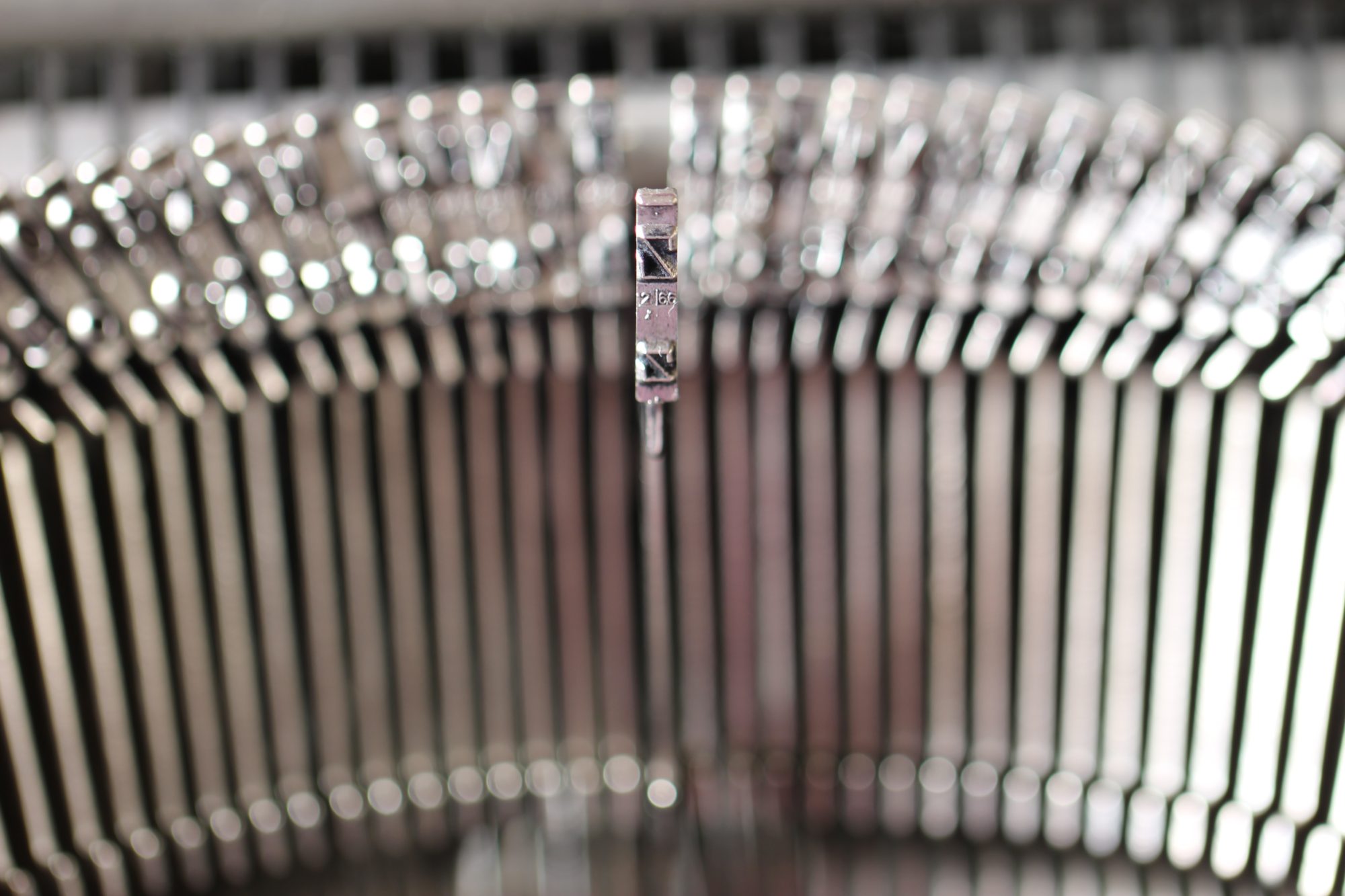
Damn Fine Copy
We live in a visual age, where the eye demands gratification. Yet some of the best work in advertising has consisted only of copy or minimal typographical design.
Words, words, words…
There’s no denying the power of a great image in advertising. Even though the rise of digital has modified how we engage with advertising as an audience, its animated – and often interactive – qualities have also served to further underline the highly visual nature of contemporary culture.
But while the power of a well conceived or especially clever image to capture our attention remains an extremely potent tool for creatives, it pays to remember how effective plain old, well-crafted copy can be in achieving your strategic objective.
After all, the thing about a world awash with imagery is that sometimes it is literally a wash of imagery. Because while it’s true that a picture may paint a thousand words, sometimes eight words can create entire worlds.
We’re not talking about the role and value of long-copy, though long-copy unquestionably retains its value in spite of the decline in its use. We’re talking about the clear, declarative power a headline has, to cut through the din and communicate directly to an audience.
Writing with economy
Perhaps the most famous example of an entirely copy-led campaign in the last couple of decades has been the ‘White out of Red’ campaign for long-running British publication The Economist.
Facing increased competition for readers in the expanding media landscape of the late 80s and early 90s, it was feared that the intellectual approach the paper was renowned for might begin to work against it. But rather than reactively seeking to ‘dumb it down’ or focus everything on selling next week’s issue, the solution suggested by the Abbott Mead Vickers (AMV) agency and kicked off by Abbott himself was as simple as it was fiendishly clever:

Inspired by the magazine’s masthead, the poster campaign used wit and wordplay to illustrate The Economist’s readership as a unique club of successful and intelligent individuals. For the price of the magazine, you too could be a part of that club.
To borrow a click-bait phrase, what happened next changed everything. The Economist saw a circulation increase of 64% against a market-wide decline of 20%, subscriptions almost doubled and it even managed growth in its advertising rate card seven times greater than competitors, in an era of declining advertising revenue for print publications.
It won a spate of awards, has seen hundreds of executions, and continues in some form or another today. Clean, clever and knowing all at once, any writer worth their salt would love to have their work present in the following company, collected in 2006’s Well written and red (Harriman House Publishing):

Good copy can subvert our expectations just as immediately as bold visuals with playful, fluid inversions and allusions. Beyond the simple intellectual appeal, a distinctive humour is made possible when text is the primary communicator, as seen in this Swiss Life campaign (Leo Burnett, Switzerland):


In many ways, what these ads demonstrate is an approach that allows the audience to ‘complete’ the creative in their own minds, making a message all the more memorable through the invitation it extends to the reader to participate in shaping its final meaning.
It’s not simply about the scope for humour this approach allows, either.
The gambit of ambiguity
When it comes to serious matters, you really want to maximise the impact of what you’re communicating. And that’s when copy has the opportunity to move behind clever headlines and witty wordplay.
How? Through ambiguity. Working that in-between space where things appear to have more than one meaning is one of the best ways to capture – and, more importantly, to hold – the attention of your target audience.
Note however that in the best instances of such advertising, there is only an apparent ambiguity. If an advertising message were truly ambiguous, then it’s likely a failed or undercooked execution – or worse, a poorly defined strategy. Instead, ambiguity used well is the ideal Trojan horse for powerful messages with very explicit, targeted meaning.
Consider the following example from VW (by Ogilvy, South Africa), and how few elements it uses to produce something that really makes the audience stop and think:

Or these, the results of a Durex competition challenging 16-24 year olds to design a poster persuading against unprotected sex. It’s fill-in-the-blanks advertising at its best:

And finally, there’s this, presented as plainly as a Surgeon-General’s warning:

Blunt, uncompromising, and in its own way more devastating than a thousand graphic images of the health consequences of smoking.
Nothing ambiguous about that at all. Just the power of the word.